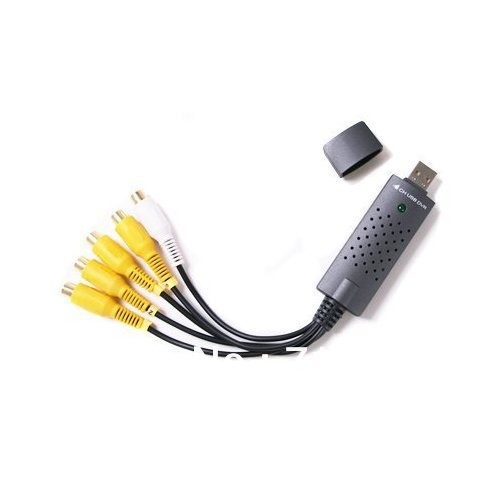How to make the most out of selling stocks for a loss
Post on: 15 Август, 2015 No Comment

How to make the most out of selling stocks for a loss
By Sandra Block, USA TODAY
Selling investments at a loss is a traumatic event. You may feel twinges of pain for a long time. But you’ll recover much faster if you use your losses to reduce your tax bill.
Sadly, you can’t do much about losses in a tax-deferred retirement plan, such as your 401(k) or individual retirement account, says Bob Trinz, editor of RIA Federal Taxes Weekly Alert. Because those taxes are deferred until you withdraw the money, you can’t deduct losses on your tax returns, he says.
However, losses on taxable investments can be employed in a number of ways. Some therapeutic uses for losses:
• If you have a choice, opt for short-term losses over long-term losses. Losses on investments held for less than a year can be used first to offset short-term gains, which are taxed at your ordinary income tax rate, says Marilyn Freedman, first vice president for tax services at Prudential Securities. Long-term losses must be used against long-term gains — which are taxed at the lower capital gains rate — before you can use them to offset short-term gains, she says. Short-term losses and gains apply to investments held for one year or less.
• If you’re selling just part of an unprofitable investment in a stock, look at how much you paid for the shares and sell the shares that will give you the biggest loss. Psychologically, that may be difficult, but it’s the most tax-efficient way to lighten your stake in a stock.
Suppose you purchased a block of shares for $10 per share, and later bought another block for $20. The stock now trades for $5 a share. If you sell the $20 shares, you’ll be able to deduct $15 per share vs. just $5 for the first batch.
When you place your sell order, make sure you specify which shares you want to sell. Otherwise, the IRS will require you to use the first-in-first-out method on your tax returns, which means the first shares you bought were the first shares you sold. In the above example, that would result in a smaller loss.
• When looking for ways to employ losses, don’t limit your search to gains on stocks and funds. Perhaps you’ve endured some big investment losses this year. If you’ve been considering selling an antique watch or valuable coin, this may be the time, Trinz says. You can use your losses to offset taxes on those profits. That’s effective because gains on collectibles are ordinarily taxed at 28%.
• If you have no capital gains to offset, you can deduct up to $3,000 in losses from your ordinary income. If your losses exceed that amount, you can carry them forward to future years.
Potential side effects
Like most treatments, tax-reduction therapy can lead to some adverse reactions. What to watch out for:
• The wash sale blues. If a beloved stock or fund has declined in value, it’s tempting to sell it, take the loss and buy it again while it’s still cheap. Unfortunately, the IRS doesn’t endorse this treatment. Under the wash sale rule, the IRS will disallow the loss on a sale if you repurchase the stock or fund within 30 days.
There are a couple of ways to mitigate the effects of the wash sale rule. You can wait 31 days to repurchase your shares, although you risk the possibility that the stock price will shoot up during that period. A better option is to buy a stock in the same industry, or a fund with a similar investment philosophy.
• Day trading delusions. If you’re a professional investor, you’re exempt from wash sale rules. You can also elect to have your gains and losses treated as ordinary income, which allows you to exceed the $3,000 annual limit on deductions.
But to qualify as a professional trader, you have to meet tough IRS standards. Spending a lot of time checking the market and reading investment reports isn’t enough. Unless you make a living buying and selling stocks, you probably don’t meet the criteria. You really have to be at it all day, every day, Trinz says.














